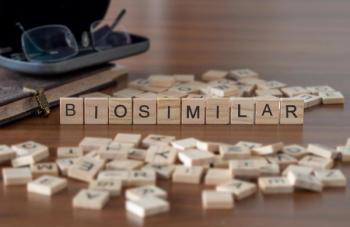
Reflux Esophagitis: Sometimes Healing Takes Time
Recent study on healing rates of reflux esophagitis patients suggests that some refractory patients may heal with extended acid suppression treatment.
Recent study on healing rates of reflux esophagitis patients suggests that some refractory patients may heal with extended acid suppression treatment.
Gastroesophageal reflux disease (GERD) tends to be a chronic digestive disorder. When stomach contents inch upward into the esophagus, symptoms become annoying and painful for patients. If allowed to continue unabated, symptoms can cause considerable physical damage.
One manifestation, reflux esophagitis (RO), creates visible breaks in the distal esophageal mucosa. To heal RO, potent acid suppression for 2 to 8 weeks is needed, and in fact, healing rates improve as acid suppression increases. It’s clear that more severe RO is more difficult to heal, but clinicians would like to be able to predict which RO lesions will present the greatest challenges based on patient characteristics. Researchers from Chicago’s Feinberg School of Medicine, Northwestern University, set out to determine who heals fastest and best. Their study
This research team conducted a post hoc analysis of clinical trial data for potent acid suppression treatment of RO (esomeprazole or AZD0865). They established 2 groups of patients who experienced moderate to severe heartburn on at least 4 days during the previous week at baseline:
- Group A patients (n = 767) were treated for 4 weeks, and subgrouped as “rapid” (healed at 2 weeks, drug therapy stopped) or unhealed at 2 weeks.
- Group B patients (n = 747) were treated for up to 8 weeks and were subgrouped as “slow” (healed at 8 weeks, not at 4 weeks) or “refractory” (not healed at 8 weeks).
The only independent predictor of rapid healing was lower severity of RO. Refractory patients were more likely to have had frequent regurgitation at baseline than slow healers (80% vs 63%). Rapid healers were more likely to be women and to not have hiatal hernias, but these were trends and did not rise to the level of significance.
At each 2-week interval, approximately two-thirds of patients who had been unhealed at the previous exam had healed in the interim. The authors indicate that clinically, this means that completely refractory RO is rare, and some patients need long treatment durations with good acid suppression to heal.
Newsletter
Stay informed on drug updates, treatment guidelines, and pharmacy practice trends—subscribe to Pharmacy Times for weekly clinical insights.

















































































































































































































